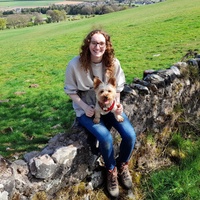
Research PG
- About
-
- Office Address
- School/Department
- School of Biological Sciences
Biography
PhD Student researching the impacts of agricultural wetland management and predation pressure on the breeding success of wading birds on Orkney. The islands support internationally important densities of breeding waders, and my project aims to advise the development of effective agricultural wetland management to improve breeding wader outcomes. The project is in collaboration with the RSPB, NatureScot, and The Orkney Native Wildlife Project.
Before starting my PhD, I graduated in Zoology from The University of St Andrews, continuing on to a Masters by Research project. My research focussed on group anti-predator behaviour in flocks of Eurasian oystercatchers on Eden Estuary, demonstrating how oystercatchers transfer departure information between group members and how the group processes departure information to co-ordinate decisions.
I am passionate about conserving Scotland’s avian biodiversity and connecting people to nature through bird watching. In my free time I most enjoy being outside with my dog, usually with binoculars in hand. I am also a keen trainee ringer, and currently hold a C-permit for wader chicks including colour flagging and radiotagging endorsements.
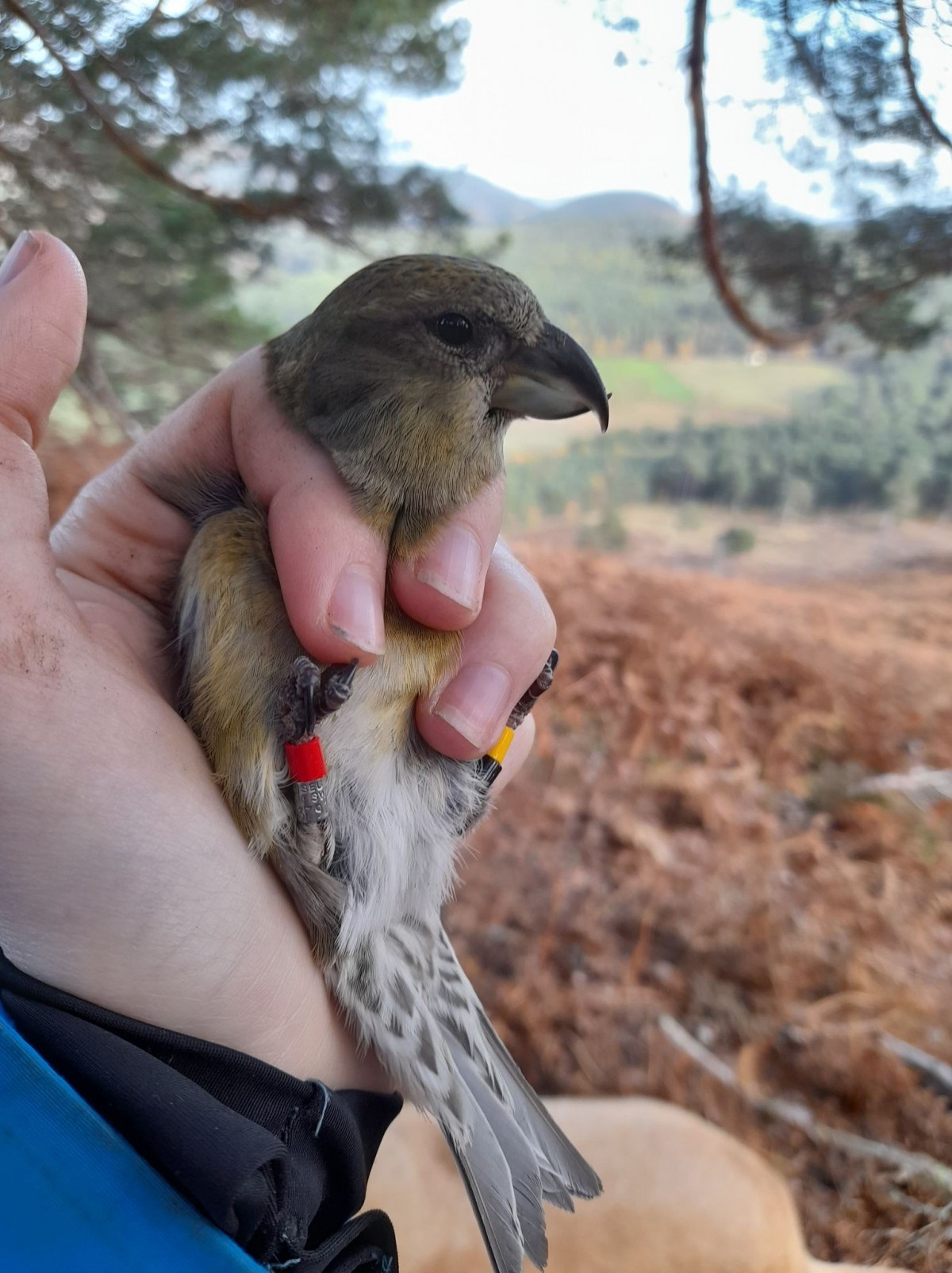
Crossbill in the hand with colour rings on both legs. The red ring on the left leg shows the area and year the bird was caught (Scotland, 2022). The black and yellow ring combination on the right leg is unique to the individual, allowing identification of the individual at distance. Camera traps are set up in the area, meaning the bird can be monitored over its lifetime. Qualifications
- BSc Zoology2021 - The University of St Andrews
Thesis: "An investigation of pausing during blue tit nest building"
- MRes Biology2022 - The University of St Andrews
Thesis: "Information transmission and false alarms in grouping animals"
Latest Publications
False alarms and information transmission in grouping animals
Biological Reviews, vol. 98, no. 3, pp. 833-848Contributions to Journals: Articles- [ONLINE] DOI: https://doi.org/10.1111/brv.12932
- [OPEN ACCESS] http://aura.abdn.ac.uk/bitstreams/4d757130-bc77-49bc-8a8b-97039720690c/download
Why prey animals often see threats where there are none – and how it costs them
The ConversationContributions to Specialist Publications: Articles
Prizes and Awards
Deans Award 2019 & 2021. University of St Andrews. Awarded to undergraduate students who demonstrated a high level of academic achievement
Highly Commended ECR poster 2025. BOU conference. Frontiers in Ornithology.
- Research
-
Current Research
Developing effective agricultural wetland management to reduce predation and improve wader breeding outcomes
This project seeks to understand the key drivers of breeding success and population change in nationally important, yet declining, wading bird populations on the Orkney islands. Specifically, the influences of predation and land management intensity. Anthropogenic changes are driving biodiversity losses worldwide with habitat degradation causing many of these declines, however, the extent to which impacts are direct (loss of foraging or breeding locations) or indirect (altering predation through habitat simplification or fragmentation) often remains unclear. In wading birds, population declines are largely underpinned by widespread decreases in breeding success, likely driven by widespread intensification of agricultural practices beginning in the second half of the 20th century.
This work will address critical questions in predator-prey ecology and conservation management, aiming to advise the development of effective agricultural wetland management to improve breeding wader outcomes. This research will contribute to our understanding of ongoing wader declines, and how management of wetland areas within the broader farmed landscape can address this, with applications for Scotland, the UK, and Europe.
Past Research
Social Information Transmission and False Alarms
This research focused on how prey animals share information about predators within groups, with particular attention to the surprisingly low reliability of such social information in many group-living species. False alarms—alarm behaviours triggered in the absence of an actual threat—are common across a wide range of species and likely represent a significant, yet often overlooked, cost of group living. The accuracy of alarm signals from conspecifics can vary widely, and in some species, these signals are more often false than true. How animals respond to perceived predator threats—whether real or imagined—has direct consequences for survival. Understanding how animals make decisions when faced with uncertain or ambiguous information is therefore crucial for both behavioural theory and ecological research.
https://doi.org/10.1111/brv.12932
Observational studies of roosting flocks of Eurasian oystercatchers (Haematopus ostralegus) revealed that departure decisions are transmitted locally between neighbouring individuals, with large-scale group movements likely governed by consensus decision-making—specifically, a quorum response. This form of collective decision-making helps reduce the spread of inaccurate information by limiting the influence of a small number of misinformed individuals. In parallel laboratory experiments, three-spined sticklebacks (Gasterosteus aculeatus) were used to experimentally manipulate factors hypothesised to affect false alarm rates, including group size, predator vulnerability, and visual background complexity.
https://www.sciencedirect.com/science/article/pii/S0003347223001331
Supervisor: Dr Mike Webster (The University of St Andrews)
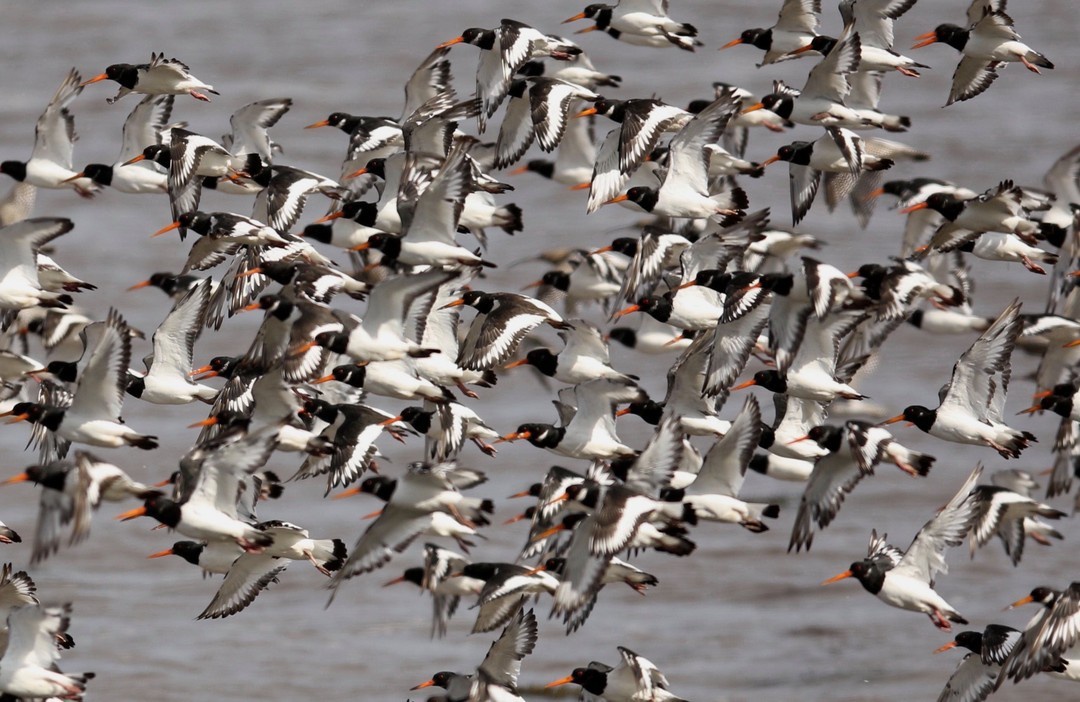
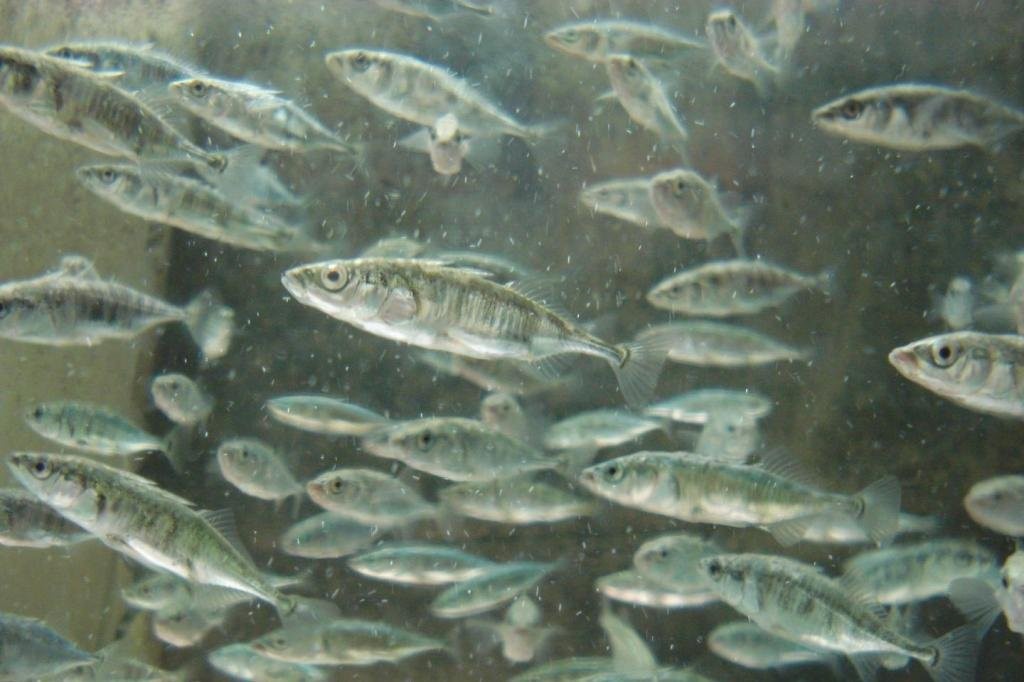
St Andrews Blue Tit Project - Nest Building
This research focused on the timing of nest building in blue tits, specifically showing that lower temperatures were associated with pauses in nest construction. As nest-building behaviour is influenced by temperature—both in terms of timing (such as nest initiation and pauses) and nest structure (including nest weight and the proportion of insulating materials)—changes in temperature could have substantial effects on nest-building dynamics in this species.
Supervisor: Dr Sophie Edwards and Dr Sue Healy (The University of St Andrews)
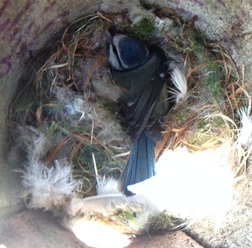
- Teaching
-
Non-course Teaching Responsibilities
Guest Presentation - University of St Andrews Taught Masters Course.
Laboratory demonstrator and tutor - University of St Andrews - First year biology laboratory skills, Statistics and R, Ecology, Comparative Physiology, Evolution
- Publications
-
Page 1 of 1 Results 1 to 2 of 2
False alarms and information transmission in grouping animals
Biological Reviews, vol. 98, no. 3, pp. 833-848Contributions to Journals: Articles- [ONLINE] DOI: https://doi.org/10.1111/brv.12932
- [OPEN ACCESS] http://aura.abdn.ac.uk/bitstreams/4d757130-bc77-49bc-8a8b-97039720690c/download
Why prey animals often see threats where there are none – and how it costs them
The ConversationContributions to Specialist Publications: Articles
